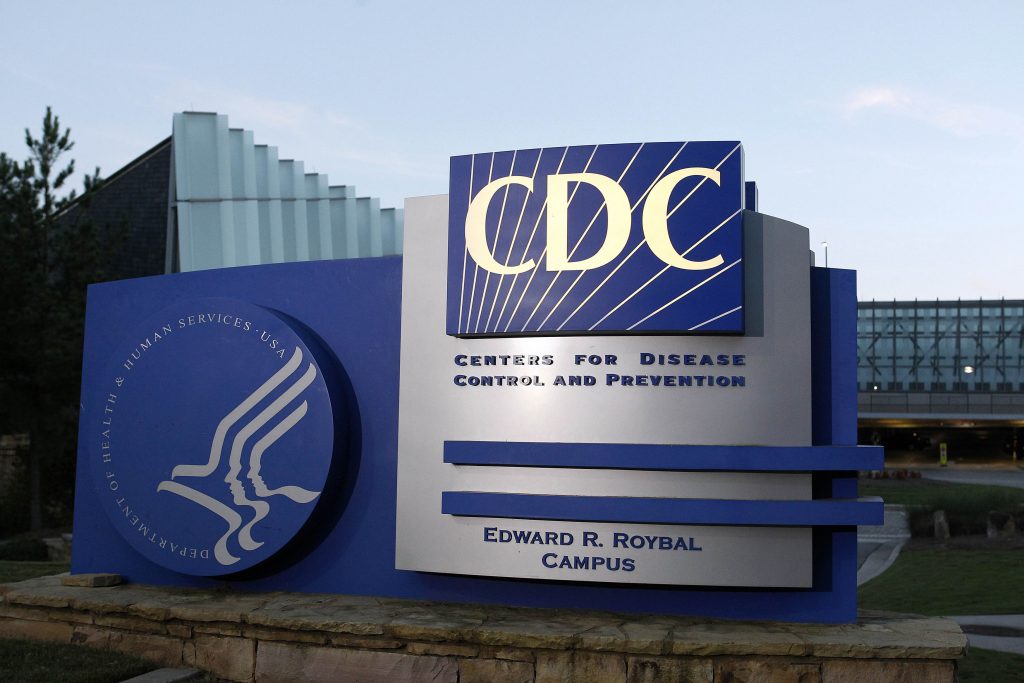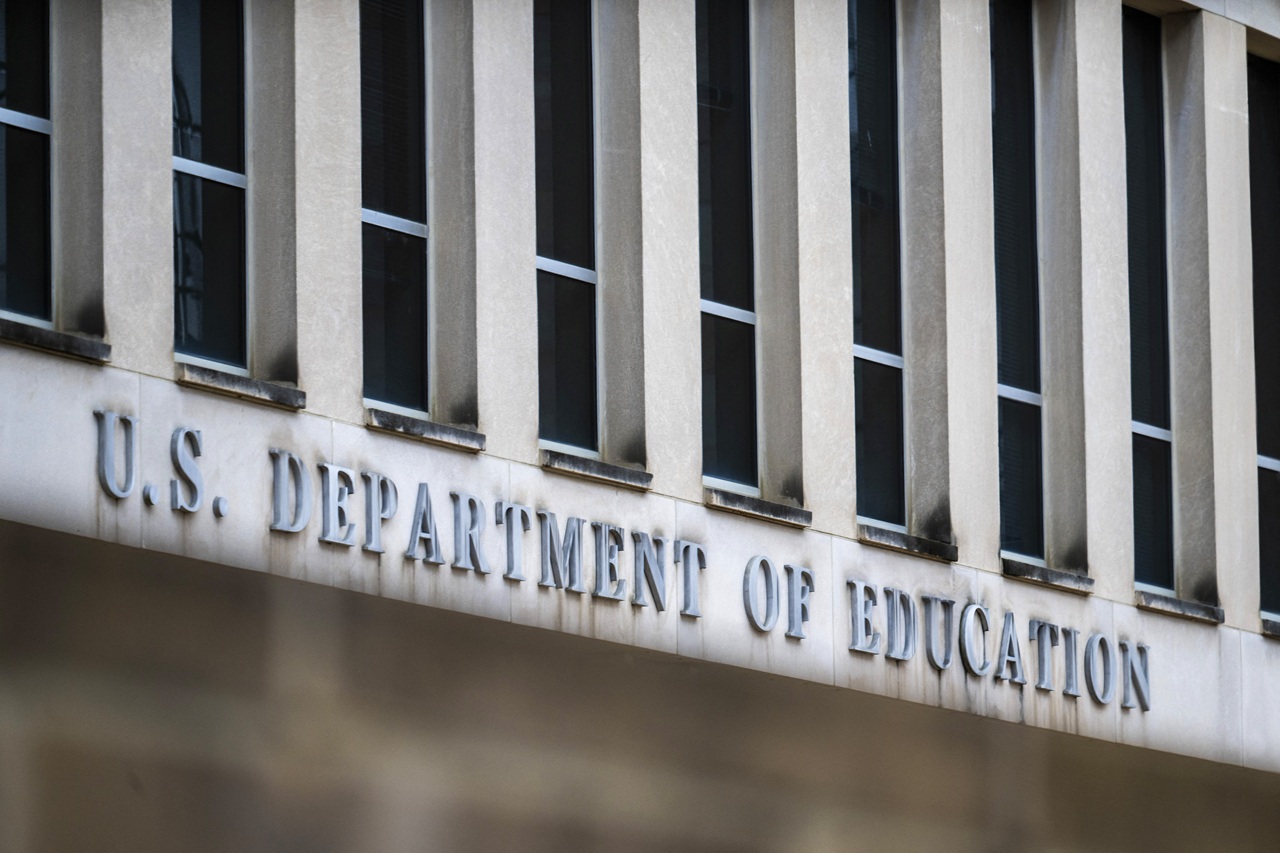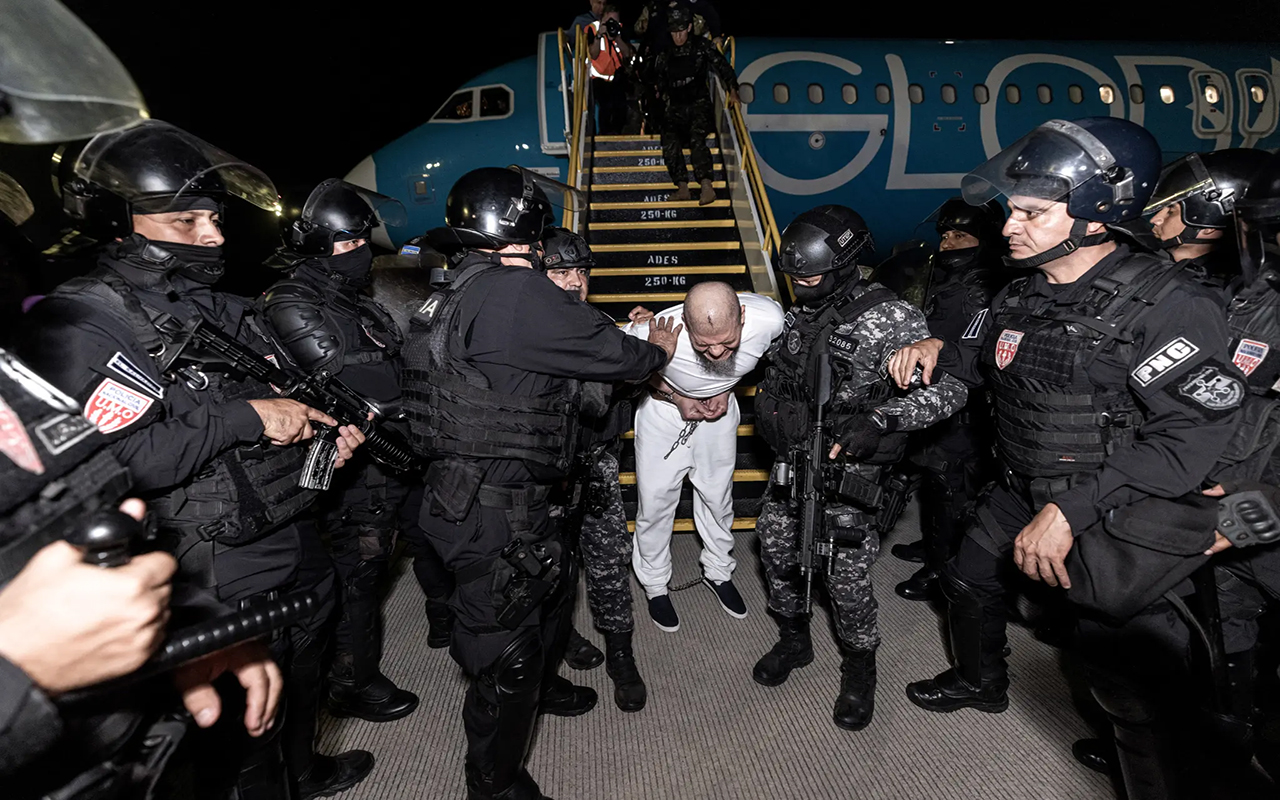
What the CDC has said about COVID-19 and how it’s changed
By the day, new recommendations or amendments to previous suggestions come out to combat the spread of the novel coronavirus.
Since the beginning of the year, the Centers for Disease Control have had their hands full preparing for the arrival of COVID-19 in the U.S. On Jan. 21, what seemed like a distant catastrophe finally set foot on American soil.
A little more than two weeks ago, on Feb. 29, as COVID-19 began to spread in Washington, Oregon and California, CDC officials were still gauging its reach.
It knew older populations were more vulnerable and recommended extreme care on their behalf, but only briefly mentioned the idea of “social distancing” as a potential recommendation for local authorities to suggest to residents.
At the time, the canceling of large events was considered in Washington state, but nowhere else.
In the next few days, as the calendar flipped from February to March, cases rose from 22 to 60 and started popping up in states on the East coast like Florida, Rhode Island, and Georgia.
Further emphasis was placed on the potential individual contractors and spreaders of COVID-19, ordering them to listen to local care providers if they recommended a two-week quarantine and warned local governments to prepare similar measures for their populations.
By March 10, cases of COVID-19 increased tenfold in the U.S., up to more than 500 in 34 states. At this point, the CDC brought back its advice for residents to avoid crowds and develop contingency plans for living at home for a period of time.
Not long after, many state and local governments began closing schools and placing limits on the number of people that could be at public gatherings. Many festivals and conferences were canceled or postponed along with many sports events.
As more testing has been slowly rolled out across the country — something the CDC has caught plenty of flak for — those same state and local governments have continued to respond with more stringent measures.
RELATED CONTENT
Social distancing also became the primary mode for curbing COVID-19’s spread as officials realized many people without symptoms could still carry and infect others with the illness.

The practice could also potentially prevent overwhelming the U.S. healthcare system as has happened in northern Italy. South Korea in particular not only ramped its testing rate up but also quickly enacted social distancing policies to curb exposure.
On March 15, with parts of the country in different stages of quarantine depending on the amount of cases, the CDC released its strictest recommendation to date regarding COVID-19 and urged against gatherings of more than 50 people for eight weeks in all of the U.S.
The CDC clarified that the recommendation doesn’t pertain to schools or private businesses, but many have already closed or switched to remote work.
Events that could follow guidelines for protecting vulnerable populations, hand hygiene and social distancing could still go on.
Those guidelines, like the CDC’s tackling of COVID-19, are evolving but can be viewed here.










LEAVE A COMMENT: